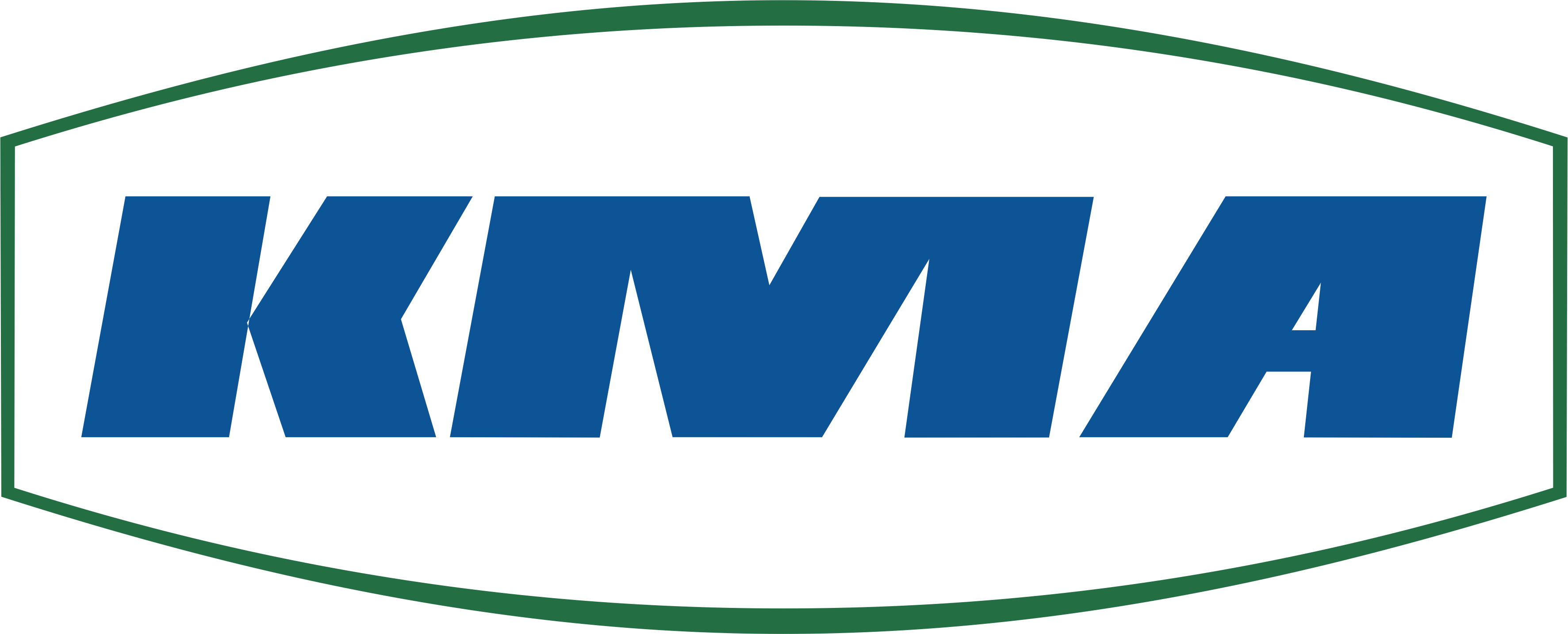Catalytic thermal oxidation (CTO)
Catalytic thermal oxidation (CTO)
Catalytic thermal oxidation (CTO) is an exhaust air purification method based on thermal oxidation. In contrast to traditional or regenerative thermal oxidation, the CTO uses a catalyst that allows for a throughout separation of impurities even at relatively low temperatures between 250°C – 450°C. This type of thermal oxidation is particularly used to purify exhaust air in food processing.
The core of catalytic thermal oxidation is the so-called catalyst. To purify the process air, the exhaust air flow is first transferred into a heat exchanger. Inside the heat exchanger, the temperature of the exhaust air stream increases. This is made possible by transferring heat from the already purified exhaust air stream to the contaminated air stream. Following the heat exchanger, the exhaust air flows through the catalyst, where the contained impurities are oxidized. The catalyst reduces the reaction temperature of the impurities. For this purpose the catalyst is applied onto a material carrier, the so-called grid box. Impurities are oxidized both inside and on the outer wall of this metal grid. To do so, the exhaust air has to have a certain minimum temperature to start the catalytic purification process. By means of the heat exchanger, thermal energy is extracted from the purified exhaust air and transferred to the contaminated exhaust air.
Depending on the application, different types of catalysts can be used. Commonly used catalysts include platinum, palladium and titanium dioxide. The exact composition of exhaust air needs to be examined and determined in advance in order to choose the right catalyst, However, this can prove to be problematic as the catalyst reacts highly sensitive to so-called “catalyst poisons” which occur with larger exhaust air volumes or large fluctuations. Catalyst poisons are substances and substance compounds as well as deposits that can permanently damage the catalyst. The catalyst is exposed to high material removal, therefore it needs to be replaced at longer or shorter intervals, depending on the application.
Even though catalytic thermal oxidation runs at much lower temperatures than thermal oxidation, the energy input is enormous. The KMA exhaust air purification system is an energy-efficient alternative. The electrostatic precipitator is the heart of the KMA ULTRAVENT® exhaust air filtration system. To purify an exhaust air volume of 5,000 m3/h a KMA electrostatic precipitator cell requires the approximate energy consumption of a 100 W light bulb. If the exhaust air filtration system is additionally combined with a heat recovery system consisting of a heat exchanger and heat pump, additional energy can be recovered from the exhaust air treatment which would have previously remained unused. The recovered energy can be used for subsequent processes, to further reduce the energy consumption of the production.







